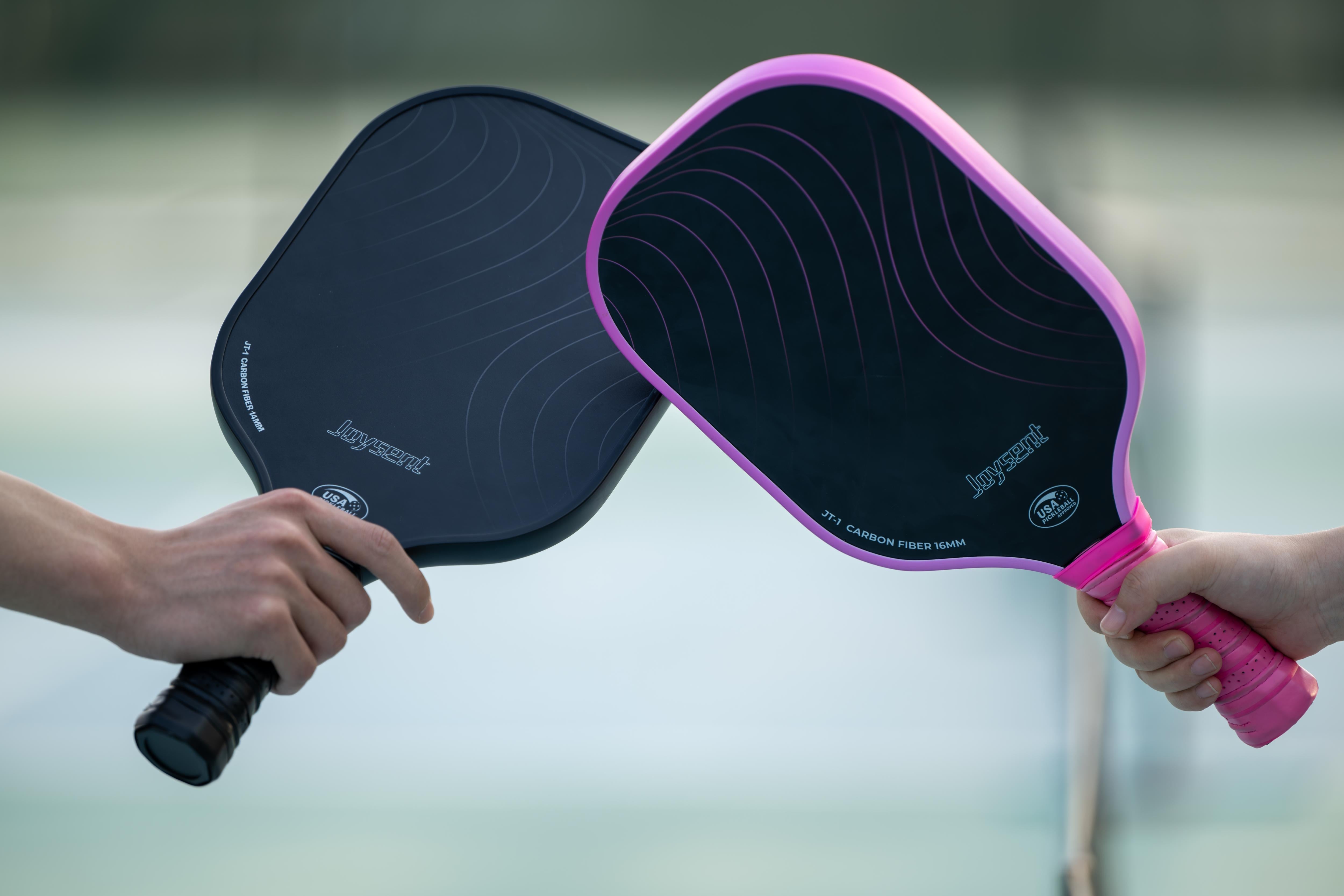
How to Communicate Better in Doubles (Without Arguing!)
Become a Better Teammate and Win More Matches
Summary In doubles pickleball, chemistry matters just as much as skill. Many teams lose not because they’re less talented, but because they miscommunicate. Want to stop the chaos, eliminate confusion, and strengthen your teamwork—without stepping on toes (literally or emotionally)? Let’s talk communication.
🤯 Why Communication Is So Important
In doubles, both players share one side of the court. That means:
-
Someone must cover every shot
-
Decisions must happen in a split second
-
Silence = missed opportunities or collisions
Good communication helps you cover more ground, avoid unforced errors, and build trust—a critical ingredient for consistency.
💬 1. Use Clear Verbal Cues
Yelling “Yours!” or “Mine!” might feel silly at first, but it’s one of the simplest ways to avoid confusion—especially for those tricky center shots.
Key Words to Use:
-
“Mine!” – You’re taking the shot
-
“Yours!” – Let your partner handle it
-
“Switch!” – Time to swap sides
-
“Let it go!” – The ball’s going out
🗣️ Pro Tip: Say it loud and early. Late calls often lead to hesitation or double-hits.
👣 2. Know Your Zones
Before the match, discuss who covers what:
-
Forehand in the middle usually takes priority
-
Backhand players should give space
-
Avoid both going for the same ball
Suggested Rule of Thumb:
Let the forehand-facing player take middle shots unless it’s clearly on one side.
🎯 Doubles success comes from understanding—not guessing—who’s got what.
📣 3. Encourage, Don’t Criticize
The worst time to coach or correct your partner? Mid-match. Instead, use supportive language, even after mistakes.
Say this:
-
“No worries, we’ve got this.”
-
“Great idea, just missed it.”
-
“Next one’s ours.”
Not this:
-
“Why’d you do that?”
-
“You should’ve let me take it.”
-
“That was yours.” (with attitude)
🙌 Respect builds resilience. If you support each other through errors, you’ll bounce back faster.
👀 4. Use Non-Verbal Signals
Sometimes you won’t have time to talk. Try:
-
Pointing to where you’ll serve
-
Tapping your paddle to call plays
-
Eye contact to confirm a plan
Some advanced teams even have hand signals behind their backs—especially for poaching or stacking strategies.
🤝 5. Have a Pre-Match Chat
Spend 2 minutes before a game to align on:
-
Court zones
-
Preferred positions (left/right)
-
Style (aggressive vs. steady)
-
“Who’s got the middle?”
-
Any known tendencies ("I struggle with lobs")
🛠️ Think of this as building your game plan—and your bond.
🧠 6. Adjust Mid-Game (Without Getting Heated)
If things aren’t working:
-
Take a breath
-
Use time-outs wisely
-
Keep suggestions short and respectful
Try saying:
“Let’s switch sides and see how it feels.” “Want me to call middle shots more clearly?” “Let’s reset and just play smart.”
A calm tone can make all the difference.
🏁 Final Thoughts
Communication in doubles isn’t about being loud—it’s about being clear, consistent, and respectful. When you and your partner trust each other and stay on the same page, everything from shot selection to movement becomes smoother.
At Joysent, we believe that great gear helps—but great teamwork wins. With the right paddle and the right partner, anything is possible.
Previous post
Lefty vs. Righty: How to Adjust Doubles Strategy
Next post








